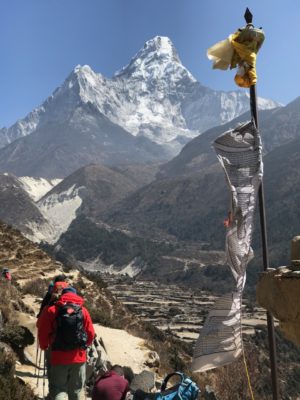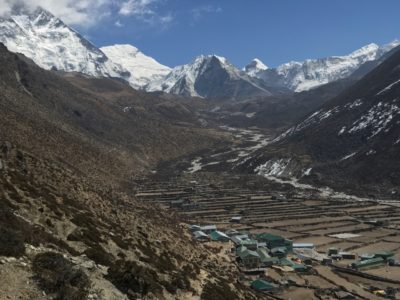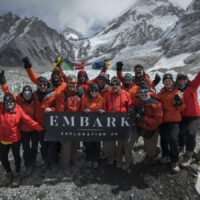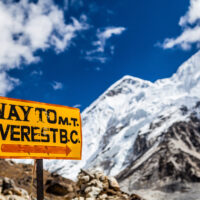Everest Base Camp Trek Day 5 — Tengboche to Dingboche
07.04.2018

It’s on Day 5 of your trek to Mt. Everest Base Camp that you start to really feel like you’re getting up in the mountains.

Of course, you’ve been in the mountains since you flew to Lukla on Day 1, and you’ve been seeing mountains ever since. But it’s on Day 5, when you go from Tengboche to Dingboche, that you get out of the forest and up into the rocky high country. The day will take you from 12,660 feet to 14,248 feet.
From Tengboche, you start with a forested descent, passing through small villages and crossing a couple of suspension bridges. Next, you’re mainly climbing, but the trail isn’t as steep as it has been a couple of times before. However, the elevation is another story. By the time parties reach Dingboche, many people are feeling the effects of altitude. This is why many groups will actually stop and spend a rest day in Dingboche, as they did back in Namche on Day 3.

During Day 5, you will also pass through the large and ancient village of Pengboche, home of a 16th Century monastery that has very famous relics. Legend has it that the founding monk of this monastery was living in a cave and being helped by a Yeti. One day an avalanche killed the yeti, but as a token of its appreciation it left its hand and part of its skull; the originals were stolen years ago, but replicas are now on display in the monastery, which you can visit for a small fee.

Dingboche is a remote and not terribly exciting village what was traditionally a farming and summer posturing area for Sherpas. The many walled-off areas you’ll see are for growing buckwheat and potatoes. Now, during the spring and fall trekking seasons, it is mostly inhabited by trekkers. But it does lie at an important trail junction. To the left lies Mt. Everest Base Camp, the destination for most people in the area. Up the valley to the right lies Imja Tse (aka Island Peak), a well-known and often-climbed “trekking peak” with an elevation of 20,305 feet. Many of the people resting and acclimating in Dingboche are heading for a (guided) climb of Imja Tse.
For us, it is important — especially if we are not taking a rest day in Dingboche — to keep drinking water, get a good night’s rest, and prepare for another day of climbing even higher on Day 6, when we go to Lobuche.



